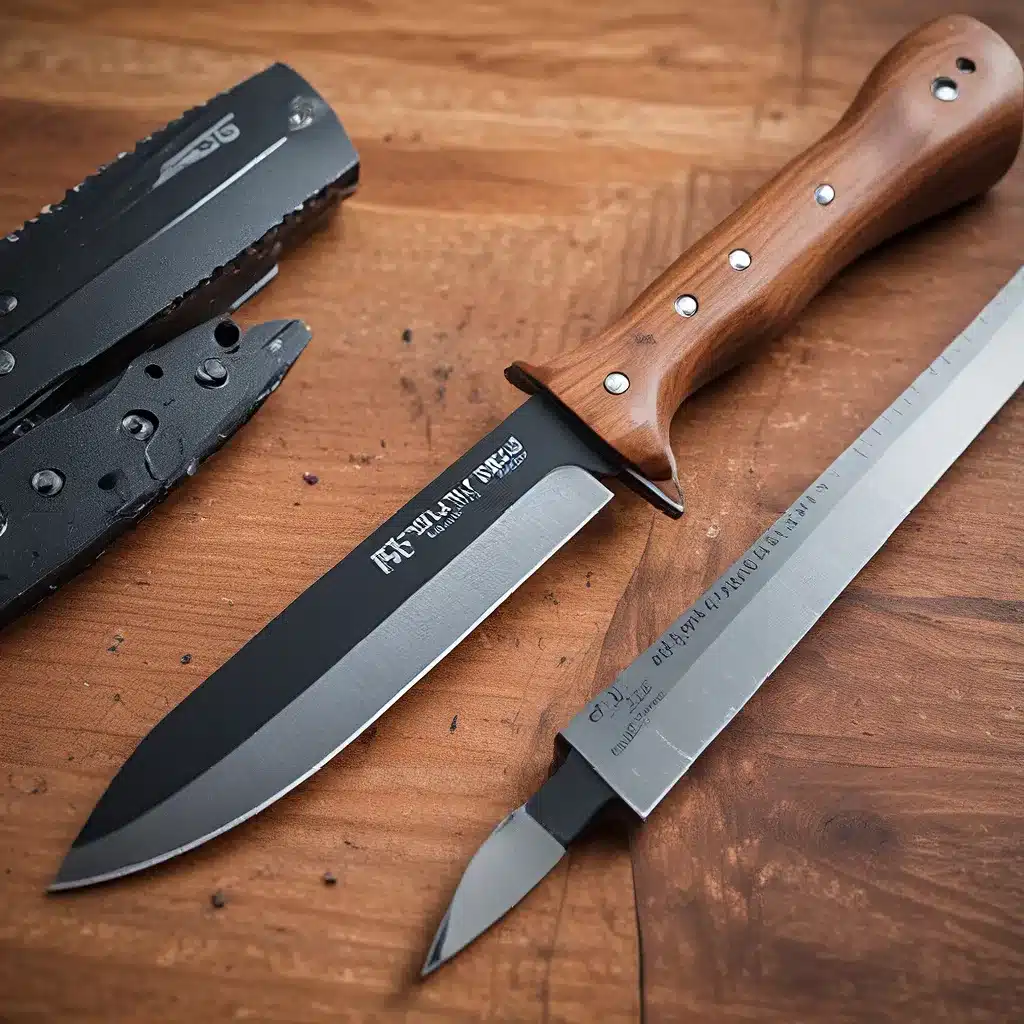
As someone who loves the art of cooking and the satisfaction of using a well-maintained set of knives, I know the struggle of dealing with dull blades all too well. Whether it’s slicing through tough meat, delicately chopping herbs, or precisely julienning vegetables, having a sharp knife can make all the difference in the kitchen. That’s why I’m excited to share with you some knife sharpening hacks that I’ve learned over the years – quick and easy methods that can transform even the most neglected blades into razor-sharp tools.
The Problem with Dull Knives
Let’s face it, we’ve all been there – those moments when you’re trying to slice through a tomato or carve a piece of meat, only to be met with a frustratingly dull blade that just won’t cooperate. Dull knives can be dangerous, as they require more force to cut, increasing the risk of slips and accidental cuts. Not to mention, they make food preparation a real chore, taking longer and requiring more effort to achieve the desired results.
The reason knives become dull over time is actually quite simple. As the microscopic edges of the blade oxidize, it interferes with their cutting ability. This oxidation creates tiny metal lips and blemishes that can catch on food and make the knife feel like it’s “dragging” instead of slicing smoothly.
Hacking the Electric Razor
Now, you might be wondering, “What does an electric razor have to do with knife sharpening?” Well, as it turns out, the same principles that apply to maintaining the edges of your razor blades can also be used to keep your kitchen knives in tip-top shape.
According to Instructables, the key is to remove the microscopic oxidation and debris that builds up on the blades over time, rather than trying to sharpen the blades themselves. And the secret weapon? Toothpaste.
Toothpaste: The Unsung Hero of Blade Maintenance
You might be surprised to learn that toothpaste, with its abrasive properties, can actually be used to hone and maintain the edges of your razor blades. And the same technique can be applied to your kitchen knives as well.
Here’s how it works:
- Disassemble your electric razor: Carefully remove the blades and screens, making sure you can access all the components.
- Clean the blades and screens: Gently brush the blades and screens under hot water to remove any debris or buildup.
- Apply the toothpaste: Squeeze a small amount of toothpaste onto your palm and spread it around. Slowly push the razor head against the toothpaste, turning it to ensure the abrasive paste gets into all the nooks and crannies.
- Rinse and reassemble: Once you’ve thoroughly distributed the toothpaste, rinse the razor head under hot water to remove any residue. Reassemble your electric razor and let it dry.
The same process can be applied to your kitchen knives. Simply disassemble your knife (if possible), clean the blades, and use the toothpaste to hone the edges, removing any oxidation or debris. Rinse thoroughly and let the knife dry before reassembling and using.
The Benefits of Honing vs. Sharpening
It’s important to note that this honing technique is different from traditional knife sharpening. Sharpening involves removing material from the blade to create a new, sharper edge, while honing simply realigns and refines the existing edge.
The benefits of honing your knives include:
- Extending the life of your blades: By removing the microscopic imperfections that cause dullness, you can significantly prolong the lifespan of your knives before they need to be professionally sharpened.
- Improved cutting performance: Honed blades will slice through foods with ease, requiring less effort and pressure on your part.
- Safer use: Dull knives can be more prone to slipping and causing accidents. Honed blades are less likely to slip or catch, making them safer to use.
- Cost-savings: Compared to the expense of frequent professional sharpening, honing your knives at home is a budget-friendly solution.
Exploring Alternative Sharpening Methods
While the toothpaste hacking method is a quick and effective way to keep your blades in top condition, there are other sharpening techniques you may want to explore as well.
According to the knife sharpening video, using a whetstone or sharpening steel can help you achieve a truly razor-sharp edge on your knives. These methods involve grinding away small amounts of metal to create a new, sharper cutting edge.
However, it’s important to note that these techniques require a bit more skill and practice to master. If you’re not comfortable with the process, it’s best to stick to the toothpaste honing method or consider taking your knives to a professional sharpener.
Maintaining Your Knife Collection
Keeping your knives in top condition is not only important for their performance, but it can also extend their lifespan and save you money in the long run. By incorporating these quick and easy sharpening hacks into your regular kitchen routine, you’ll be able to enjoy the satisfaction of using razor-sharp blades every time you step into the kitchen.
Remember, a well-maintained knife collection is an investment, and with a little bit of effort, you can keep your blades in pristine condition for years to come. So, why not head to your local hardware store, grab a tube of toothpaste, and start honing your knives to perfection today? Your culinary adventures (and your bank account) will thank you.
And if you’re in the market for a new set of high-quality knives, be sure to check out Herman Knives – they offer a wide selection of precision-crafted blades that are perfect for any kitchen.


